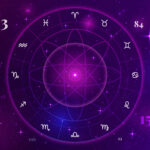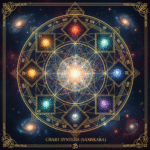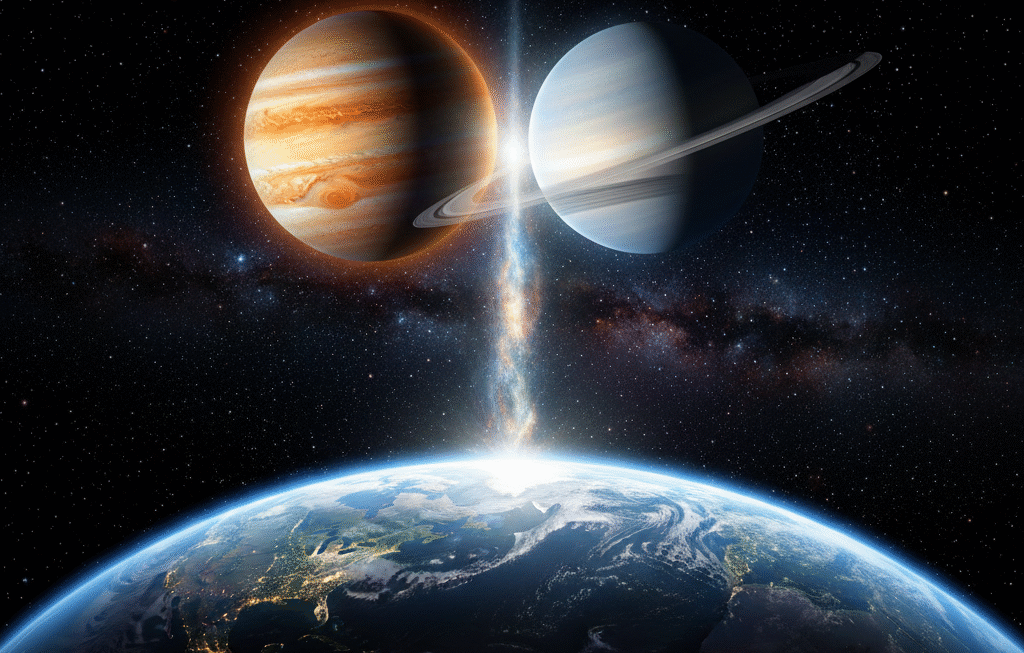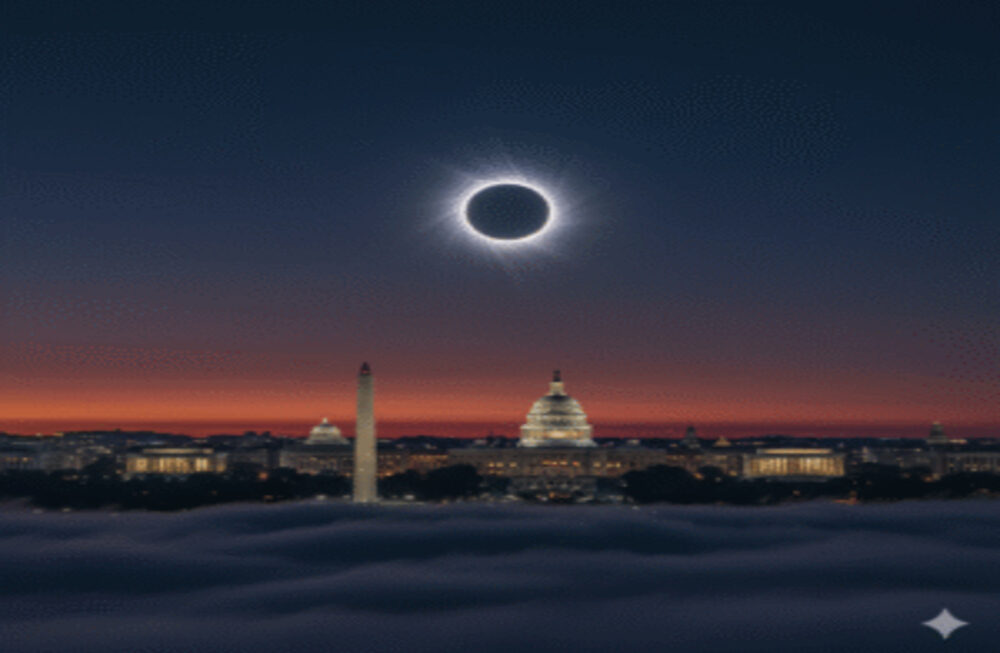Why do revolutions, pandemics, and technological leaps often seem to occur in clusters — as though some unseen cosmic force triggers humanity at once? Welcome to the world of Mundane Astrology, where we explore planetary transits world events — the grand movements of the planets across the zodiac and their influence on nations, leaders, and civilizations.
If personal astrology tells us who we are, planetary transits tell us when and why entire societies change course.

The Concept of Planetary Transits in Mundane Astrology
A transit occurs when a planet moves across the zodiac and forms aspects (angles) to the positions of other planets — either in the sky or in a chart (such as a nation’s horoscope).
Just as transits activate different chapters in a person’s life, global transits activate collective karma.
In mundane astrology, these transits are the celestial “timers” for major world events — from wars and revolutions to renaissances and awakenings.
Each planet represents an archetypal force in human consciousness:
| Planet | Global Influence |
| Sun | Leadership, vitality, national pride |
| Moon | Public emotion, collective mood |
| Mercury | Trade, communication, information |
| Venus | Peace, diplomacy, economy, art |
| Mars | Conflict, assertion, technology, military |
| Jupiter | Expansion, law, belief systems, education |
| Saturn | Structure, government, discipline, crisis |
| Uranus | Revolution, innovation, liberation |
| Neptune | Ideology, illusion, spirituality |
| Pluto | Power, transformation, destruction and rebirth |
When these planetary forces align, they create epochs — distinct chapters in global evolution.
Global Transit Effects: The Celestial Clock of Civilization
The slow-moving outer planets — Jupiter, Saturn, Uranus, Neptune, and Pluto — are the great architects of history.
Their alignments shape entire generations and define centuries.
Let’s explore how these global transit effects manifest on Earth:
1. Jupiter Transits — The Wave of Expansion
Jupiter, the planet of wisdom and abundance, spends about a year in each sign.
Its transits symbolize ideological growth, exploration, and faith in progress.
- When Jupiter entered Sagittarius (2019) — the sign of truth and global travel — humanity reached its peak of globalization, just before the pandemic halted it.
- When Jupiter moved into Aquarius (2021) — the sign of technology and networks — the digital revolution accelerated: remote work, blockchain, and AI innovation surged.
Opinion: Jupiter’s transits signal humanity’s expanding frontiers — of belief, science, and discovery.
2. Saturn Transits — The Builder and the Breaker
If Jupiter expands, Saturn defines.
It governs structure, rules, and endurance. Saturn’s transits mark tests of reality.
Every ~29 years, Saturn returns to its original position — often coinciding with political crises or generational reckonings.
- 1989: Saturn in Capricorn — fall of the Berlin Wall, the collapse of rigid power structures.
- 2020: Saturn again in Capricorn — lockdowns, control, and restructuring of governments.
Reason: Saturn symbolizes the consolidation of power and the collapse of what’s outdated. When it transits signs linked to government (Capricorn, Aquarius), humanity re-engineers its social systems.
Example: During the 2020–2022 Capricorn transit, the world experienced a “Saturnian” phase — isolation, discipline, and authority — echoing Saturn’s stern lessons.
3. Uranus Transits — Revolution and Innovation
Uranus, the awakener, spends about seven years per sign.
Its movement sparks upheaval, rebellion, and technological progress.
- Uranus in Taurus (2018–2026) has brought financial disruption — the rise of cryptocurrency, new forms of wealth, and climate activism. Taurus rules material values; Uranus electrifies them.
- The last time Uranus was in Taurus (1935–1942), the world faced economic reconstruction and wartime industrial revolutions.
Restatement: Uranus reminds us that progress begins with disruption. Every global Uranus transit shatters old patterns so a new paradigm can emerge.
4. Neptune Transits — The Dream and the Illusion
Neptune moves slowly — about 165 years around the zodiac — dissolving boundaries, redefining spirituality, and reshaping ideology.
Its transits blur the line between truth and illusion.
- Neptune in Pisces (2011–2025) has amplified collective empathy but also confusion: misinformation, idealism, and digital escapism.
- Historically, Neptune’s movement through Pisces coincided with religious revivals, humanitarian ideals, and sometimes mass disillusionment.
Opinion: Under Neptune’s global influence, humanity dreams collectively — for better or worse.
Example: The rise of virtual reality, spiritual movements, and climate consciousness during Neptune’s Pisces transit all reflect its ethereal, oceanic power.
5. Pluto Transits — Death and Rebirth of Systems
Pluto, the most transformative of all, moves once through each sign in roughly 250 years.
Its transits coincide with epochal power shifts — the collapse and rebirth of civilizations.
- Pluto in Capricorn (2008–2023): Economic crisis, corporate restructuring, government overhauls — all Capricornian themes of authority and control.
- Pluto entering Aquarius (2024–2044): Power decentralizes. The rise of technology, community-driven systems, AI governance, and social revolutions signal a shift from hierarchy to collective empowerment.
Restatement: Pluto’s transits rewrite history itself. Each passage marks the end of an era — and the birth of a new one.
Planetary World Influence: When Transits Align
Single transits are powerful. But when multiple planetary energies converge, the world feels it — simultaneously.
Let’s look at a few historical examples of planetary world influence where alignments marked unmistakable turning points in history:
| Year | Planetary Alignments | World Event Reflections |
| 1914 | Saturn–Pluto opposition | Start of World War I |
| 1940 | Uranus–Saturn–Jupiter in Taurus | World War II industrial mobilization |
| 1965–1966 | Uranus–Pluto conjunction in Virgo | Cultural revolution, civil rights, counterculture |
| 1989 | Saturn–Neptune conjunction in Capricorn | Fall of the Soviet Union |
| 2001 | Saturn opposite Pluto | 9/11, global power realignment |
| 2020 | Jupiter–Saturn–Pluto in Capricorn | Pandemic, lockdowns, restructuring of global systems |
These moments reveal how global transits operate like cosmic “bookmarks” — marking chapters of human progress, crisis, and awakening.
OREO Framework Example: The Great Conjunction of 2020
Opinion: The 2020 Great Conjunction — Jupiter and Saturn meeting in Aquarius — marks the most significant energetic shift in centuries.
Reason: It moved humanity from 200 years of Earth-element conjunctions (industry, materialism) into 200 years of Air-element conjunctions (information, networks, thought).
Example: The immediate rise of digital society, global remote work, and AI innovation mirrored this shift from tangible Earth to intellectual Air. The pandemic itself reflected Saturn’s restriction meeting Jupiter’s global expansion — a textbook case of cosmic tension.
Restatement: The Great Conjunction didn’t cause these events — it timed them. It symbolized humanity’s leap from the Industrial Age into the Information Age.
Understanding Global Transits for the Future
Astrologers don’t see transits as rigid fate — they’re symbols of timing and transformation.
Looking ahead:
- Pluto in Aquarius (2024–2044): Decentralized power, AI ethics, and new world communities.
- Uranus in Gemini (2026–2033): Information revolutions, new transportation and communication systems.
- Neptune in Aries (2025–2039): A new global idealism — activism, spirituality, and individual awakening.
- Saturn–Neptune conjunction (2026, Aries): The “dream meets reality” — spiritual movements may find practical form.
The next 20 years are a pivot point — the rewriting of civilization’s blueprint under the pressure of cosmic evolution.
How to Interpret Transits World Events: The Astrologer’s Approach
A mundane astrologer studying global transits looks at:
- The outer planet alignments in the sky.
- Their aspects to national charts or world leaders’ horoscopes.
- Eclipses and ingress charts amplifying these energies.
For instance:
- A Saturn–Uranus square often brings tension between progress and conservatism (as in 2021–2022).
- Jupiter–Neptune conjunctions inspire idealism and mass movements (as in 1856, 2022).
- Pluto’s ingress redefines entire social structures (as seen in 1776, 2008, 2024).
This approach weaves astronomy, history, and symbolism — revealing the spiritual logic of time.
Conclusion: Reading the Celestial Script of History
The story of humanity is written not just in books, but in the stars.
Every empire, invention, or awakening begins with a celestial spark — a planetary transit that ripples through the collective consciousness.
When we study transits and world events, we learn to recognize that history has rhythm.
The planets do not control us — they mirror our evolution.
By observing their dance, we gain the wisdom to act in harmony with the tides of time — transforming destiny from something we fear into something we understand.
The cosmos is not against us — it is the grand orchestra in which humanity plays its part.











